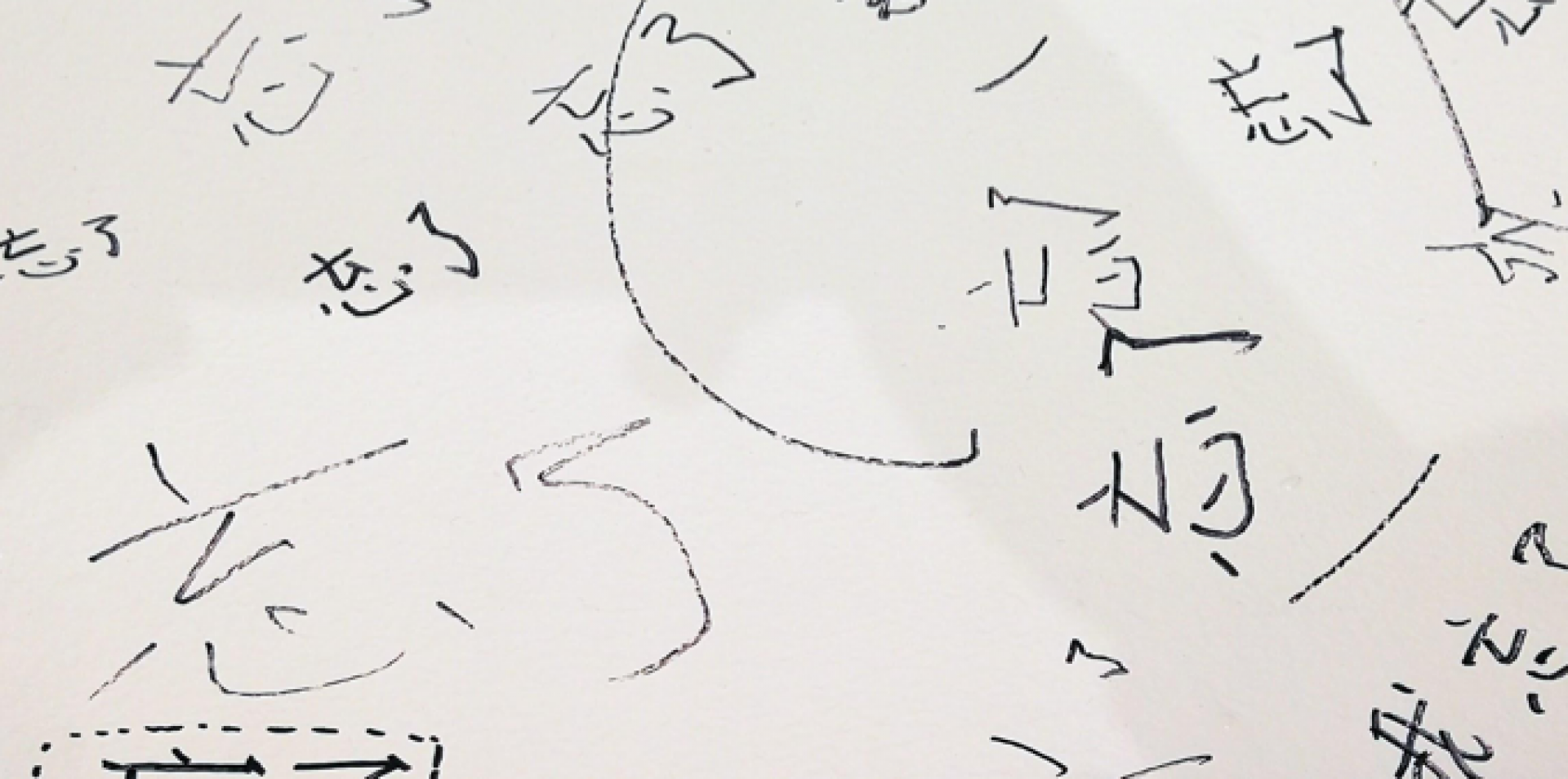by Grace Chia
Liu Yiqing (compiler), ZhenJun Zhang (editor and translator), Hidden and Visible Realms: Early Medieval Chinese Tales of the Supernatural and the Fantastic, Columbia University Press, 2018. 304 pgs.

A peculiar thing happened to me while reading Hidden and Visible Realms—I discovered that, traditionally, the Chinese believe that humans possess two souls.
The traditional Chinese notion of the spirit, or soul, differs from the dichotomous schism of soul/body or monotheistic notions of God/Devil-heaven/hell. In Chinese theology, the po 魄 (yin) soul is the denser spirit attached to the physical body, while the subtler hun 魂 (yang) soul is the spirit attached to the human body’s vital energy. (Interestingly, the character 魄 comprises the words bai and gui, or day and ghost. The character 魂 comprises the words yun and gui, or cloud and ghost.)
This new awareness gave me startling clarity into how spirits and souls, in Chinese culture and folklore, are understood and revered, such as in the constant balancing of qi energies in TCM; in reincarnation in which souls, like latent energies, are released and recycled; in the concept of Buddhist purgatory and in the notion of Daoist mediums flitting between realms.
This book, sub-titled Early Medieval Chinese Tales of the Supernatural and the Fantastic, is a compilation of short prose narratives of zhiguai 志怪, best described as accounts of anomalies, or tales of the supernatural. At first glance, it may look like a classical anthology of pre-modern speculative fiction. Which, it is, and it isn’t. Let me explain.
Speculative fiction in the Western literary context typically refers to fiction authored by individual writers with the intention of arousing fear of the unknown using characters of the grotesque, surreal and supernatural in both every day or fantastical settings.
The collected accounts in this book, compiled by Liu Yiqing, were authored anonymously with many dating from thousands of years ago. Written simply and in a style reminiscent of recorded oral stories, these allegorical tales often aim to shine a light on the behaviour of humans, particularly men, when interacting with un-human objects, the “others” that roam among them—deities, ghosts, monsters, immortals. The “other” hidden realms refer to heavens (pluralised), the underworld, immortal lands and exotic territories. There are also cross-boundary oddities, including omens, thaumaturgy (the ability to perform miracles), metamorphoses, trafficking between humans and supernatural beings (especially affairs between men and spirit girls or goddesses) and humans interacting with anthropomorphic beasts. Buddhist ghosts, legendary figures, bizarre creatures, celestial marvels, magic and karmic retribution are all par for the course in zhiguai.
The book sleeve notes that the “Chinese culture of the Six Dynasties period (220–589 CE) saw a blossoming of stories of the fantastic.” Split into eight sections, the book’s contents are: the wonder of love; a garden of marvels; the spectacle of monsters; the realm of ghosts; the netherworld and this world; anecdotes of notable figures and local legends.
By marrying Buddhism, pagan Daoism, culture, history, fictional narratives, psychology and speculation, zhiguai presents a potent and interesting mix of Chinese literature. The stories in the book—all 285 of them crammed within 199 pages and none close to the length of even the shortest Grimms’ fairy tale—range from fascinating to preposterous. However, it was the footnotes that unexpectedly piqued my curiosity.
In one footnote, I learnt that “early Chinese fiction and history are too close to be distinguished absolutely from each other” and that “the earliest authors/collectors of xiaoshuo were historians, the earliest novels were ‘unofficial history.'” If the suggestion that fiction and non-fiction are blurred in Chinese recorded texts, then what is being presented in the zhiguai appears at times to be morality and cautionary tales using implausible plots with ordinary folks in extraordinary scenarios, but presented as history, or factual occurrences. This tension between what’s real and what’s not makes for captivating stories, especially when packaged in the guise of vengeful demons, femme fatale immortals or spiteful gods. I’m no historian, but I do know that in rumour transmission, what is fictive can quickly turn from gossip to fact through time and repetition. And who’s to question these authors who have been dead for millennium?
I was expecting a classical tome of ancient Chinese speculative fiction when I first encountered Hidden and Visible Realms; instead, I was somewhat disappointed by the pedestrian English translation, which tends towards a faithful rendition of Chinese syntax and authorship rather than a reimagined reinterpretation. That said, there is a lot of factual information packed within the footnotes about the characters and their settings that lends historical ballast to each brief tale.
Did this really happen? How could this possibly happen? These were questions that ran through my mind as I flipped through the pages sitting in my modern home, anchored by my two Chinese souls, indulging in mythological stories from my ethnic ancestry that I had, on occasion, heard as a child—stories of celestial paradises, alchemic magical fruits, desirous deities and all the multitude of ghosts that seem to pop up everywhere, including in daylight, defying time and quantum gravity, doing perfectly ordinary, human activities.
![]()

Grace Chia is the author of two poetry collections, womango and Cordelia, a short story collection, Every Moving Thing That Lives Shall Be Food, a novel, The Wanderlusters, two nonfiction books and was the editor of the anthology, We R Family. Her work has been anthologised in Singapore and abroad, including the Anthology of English Writing in Southeast Asia, Singapore Literature in English, Mining for Meaning, Fish Eats Lion, A Luxury We Cannot Afford, From Walden To Woodlands, UnFree Verse, QLRS, Poetry.sg, HOW2, Blue Lyra Review, SingaporePoetry.com, Lyrikline, Stylus Poetry Journal, and has been translated for die horen (Germany), La Traductiere (France) and Knijzevne Novine (Serbia). The inaugural NAC-NTU Writer-in-Residence for 2011-2012, she has taught creative writing, mentored emerging writers and judged national poetry competitions.
